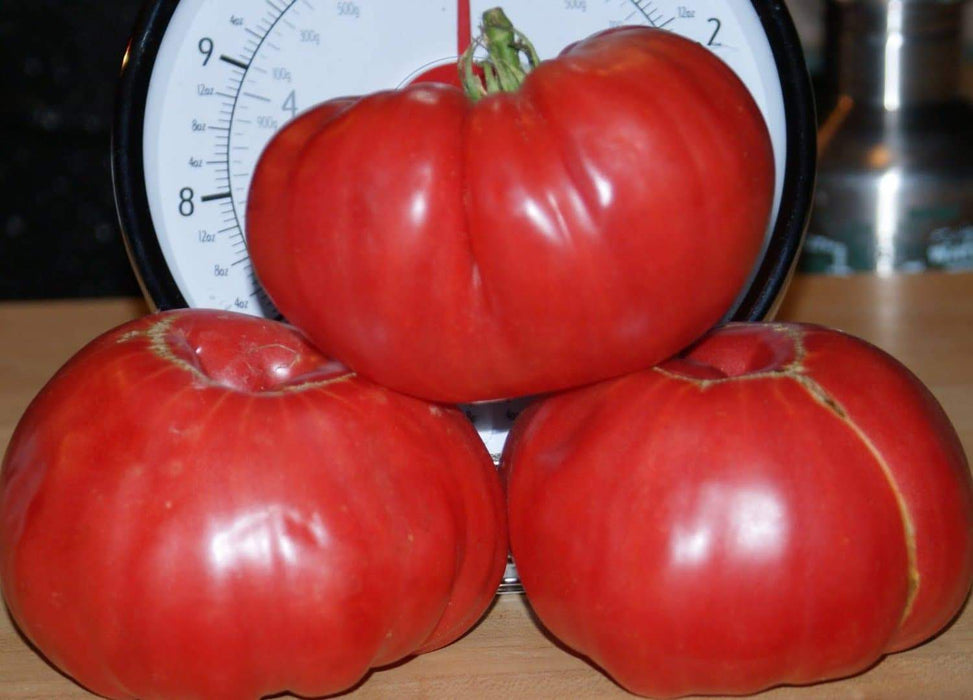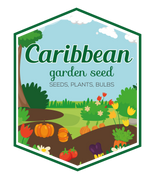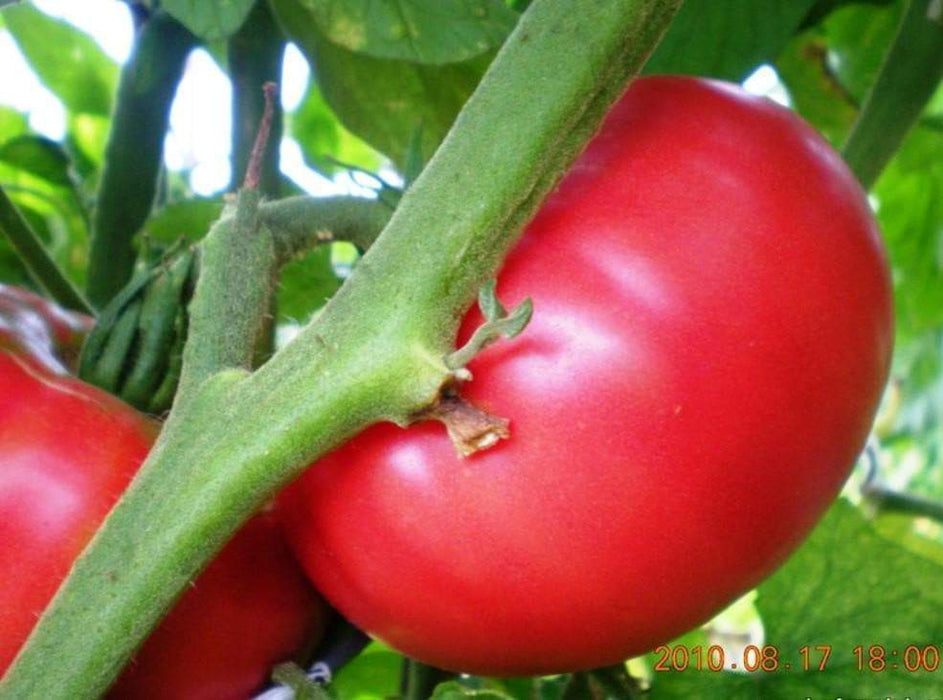
RED Brandywine Heirloom Tomato Seeds, annual Vegetable
Most orders are processed by the next day
Select your desired size and/or color from the available options.
(Our Top Selling Slicing Tomato) Great for Sandwiches, salads,grilling and more !The Brandywine Red tomato produces firm, juicy and clear skinned tomatoes with a great flavor! Average fruit size is 1 pound.
Average time to maturity: 90 day
Brandywine Red is a good-tasting heirloom tomato that is vigorous and bears large-lobed, beefsteak-shaped fruit. It is by far one of the most recognized of heirloom tomato varieties and helped to establish the mainstream heirloom seed renaissance. The regular leaf plants yield fruits that are red, relatively large (over a pound), globe to oblate shaped, and full of flavor.
Detailed planting instructions:
When starting your tomato seeds be sure you have a place where they can get enough light. Even a sunny, south-facing window is barely adequate. Consider using a grow light to supplement sunlight.
Donât start plants too early. Sow seeds indoors 6 to 8 weeks before transplanting outside. Plant them 1/8 inch deep in sterile seed starting mix in flats or cells. Seeds germinate best at 75 F to 90 F. Then grow transplants at about 70 F.
Dont rush to transplant, either. Cold soil and air temperatures can stress plants. Wait at least a week or two after the last frost. Nighttime temperatures should be consistently above 45 F. Use black plastic mulch to warm soil and/or row covers, hot caps or other protection to keep plants warm early in the season. Remove covers whenever temperatures exceed 85 F.
Harden off plants before transplanting by reducing water and fertilizer, not by exposing to cold temperatures, which can stress them and stunt growth. Transplants exposed to cold temperatures (60 F to 65 F day and 50 F to 60 F night) are more prone to catfacing.
Space transplants:
12 to 24 inches apart for determinate varieties
14 to 20 inches apart for staked indeterminate varieties
24 to 36 inches apart for unstaked indeterminate varieties
Unlike most plants, tomatoes do better if planted deeper than they were grown in containers. Set them in the ground so that the soil level is just below the lowest leaves. Roots will form along the buried stem, establishing a stronger root system.
How you provide support to plants can also affect performance. Determinate varieties do not need staking. But staking and pruning indeterminate varieties can hasten first harvest by a week or more, improve fruit quality, keep fruit cleaner, and make harvest easier. Staking and pruning usually reduces total yield, but fruits will tend to be larger. Staked and pruned plants are also more susceptible to blossom end rot and sunscald. Allowing indeterminate varieties to sprawl reduces labor, but takes up more space and plants are more prone to disease.
HARVESTING
Fruit that is fully ripened on the vine has a much fuller flavor than fruits that are picked early and then allowed to ripen. Many cherry tomatoes, however, have a tendency to crack if they stay on the plant, so they should be picked at the peak of redness, or even a tad before.
Watch the bottoms carefully; that's where tomatoes start to ripen. Some varieties, primarily large heirloom types, ripen before they reach full color. Pick tomatoes when the skin still looks smooth and waxy, even if the top hasn't turned its mature color (whether red, purple, pink or golden yellow).
Cut off the top of the plant, or remove all new flower clusters about a month before the first expected frost. That way, you'll direct the plant's energy into ripening existing tomatoes rather than producing new ones that won't have time to mature.
When daytime fall temperatures are consistently below 60 degrees Fahrenheit, fruit will no longer ripen on the vine, so it is time to bring all mature green fruits indoors, either on the vine or off.
SAVING SEEDS
Saving tomato seeds is a fairly simple process. Every tomato seed is covered in a gelatinous sack which contains chemicals that inhibit seed germination. This prevents the seeds from sprouting whilst inside the tomato fruit. In nature the fruit drops from the plant and slowly rots away on the ground. This is the natural fermentation process and it is during this that the gelatinous sacks are destroyed. To save tomato seeds yourself you need to duplicate the fermentation process. This will not only remove the gelatinous sack but also kills any seed borne tomato diseases.
LET OUR CUSTOMER SPEAK FOR US

![[Seeds] - Caribbeangardenseed](http://caribbeangardenseed.com/cdn/shop/files/gift-card-gift-card-1_1024x1024_dfa857db-9150-4315-a362-7f0bb3fb9c47_60x28.png?v=1703978838)
